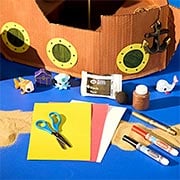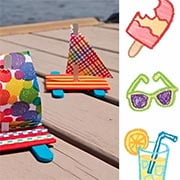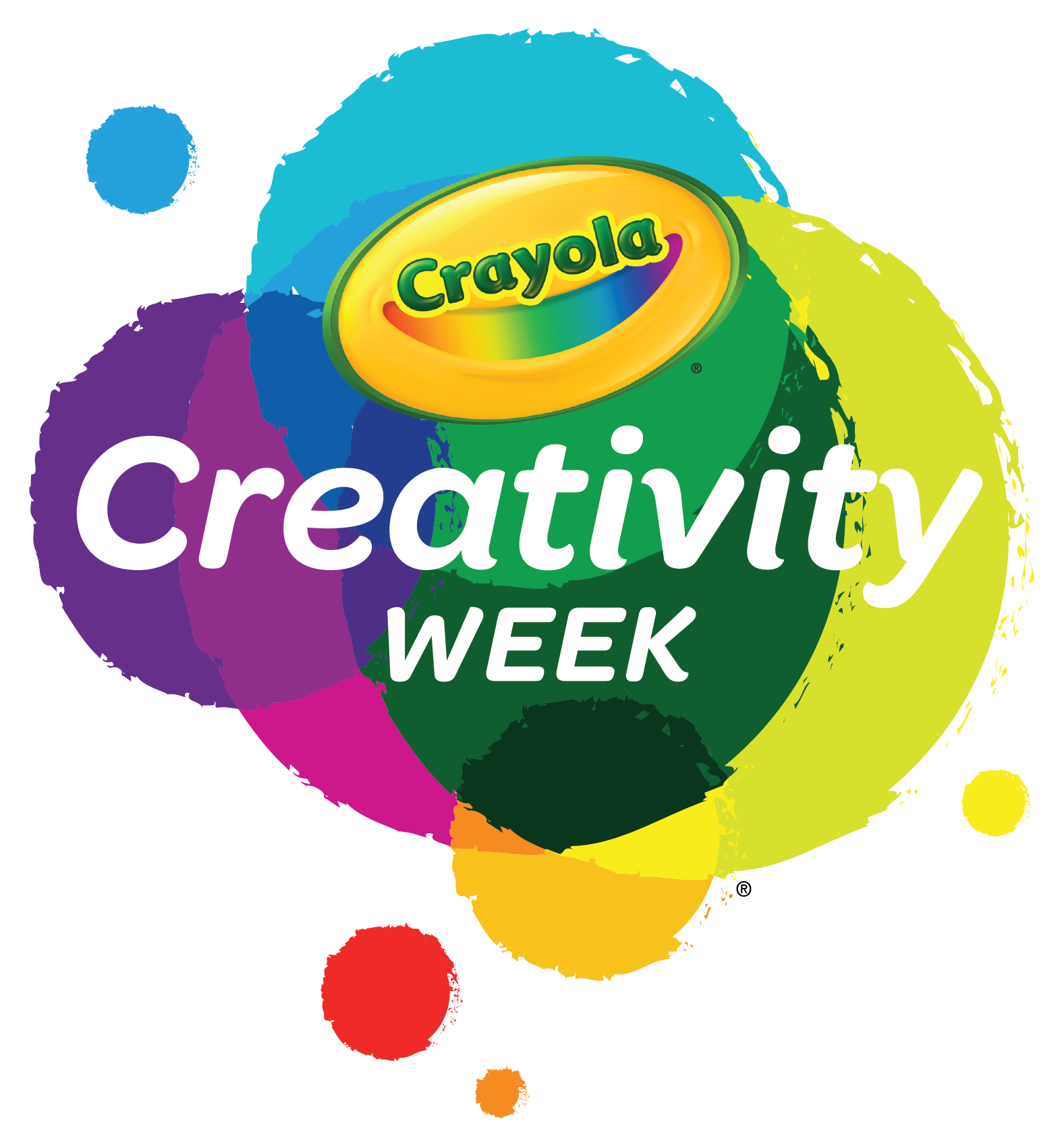We offer stain removal suggestions for both Crayola and Silly Putty products. You can find this information by going to Stain Removal.
Specifically, the suggestion for removing Silly Putty from fabric is as follows:
How to remove Silly Putty® and Clay from fabric
Cleaning Materials:
- Dull knife or metal spoon
- Rubbing alcohol
- Cotton balls
- Ice cubes
- Liquid dish soap (preferred: Dawn or Joy)
Procedure:
Scrape off as much putty as possible. Use ice cubes to chill the putty making it easier to scrape away. Saturate a cotton ball with rubbing alcohol and blot the stained area. If stain persists, rub liquid dish soap into the stain and wash as normal. Repeat as needed.
Please bear in mind, all the stain removal suggestions we offer have been tested in our laboratory, but we are unable to guarantee the results. We recommend you test our suggestion in an inconspicuous area first.
If you have additional questions, we would love to hear from you! Feel free to call or text us at 1-800-CRAYOLA weekdays between 9 AM and 4 PM Eastern Time. If you would prefer to send us an email, visit our contact us page.
Related Questions
Explore answers to common questions, helpful stain removal tips, and creative ideas for making the most of our art supplies and free resources!
-
To remove SILLY PUTTY from hair, you may wish to try using baby oil or a generous amount of hair conditioner along with warm water. Massage the product you choose around the scalp and area containing the Silly Putty and then gently comb it through.
After Silly Putty is removed, wash hair with shampoo.
Please bear in mind, all the stain removal suggestions we offer have been tested in our laboratory, but we are unable to guarantee the results. We recommend you first test our suggestion on a small, inconspicuous area.
If you have additional questions, we would love to hear from you! Feel free to call or text us at 1-800-272-9652 weekdays between 9 AM and 4 PM Eastern Time. If you would prefer to send us an email, visit our contact us page.
-
Art can be messy, so our experts have created pro tips to help. Visit Crayola.com to find stain removal solutions for Crayola products on a variety of surfaces.
-
Silly Putty® was discovered in 1943 by James Wright who mixed boric acid and silicone oil together. It was introduced to the public in 1950 by Peter Hodgson. Crayola® acquired the exclusive manufacturing rights to Silly Putty in 1977. Although the exact formulas Crayola uses to make Silly Putty are proprietary, we can share it is made primarily from silicone and color pigments.
Click this Travel Channel video to learn more about the birth of Silly Putty! This video works best in Google Chrome, Mozilla Firefox, and Microsoft Edge.
-
Decorating sculptures made with Crayola® Air-Dry Clay is fun and easy!
- Paint: Thoroughly dry pieces may be painted with tempera, acrylic, or watercolor paint
- Markers: Non-Permanent & Washable Markers may not provide optimal coverage if you are coloring a large area of clay since the clay tends to clog the marker nib. Permanent pigment-based markers work well for writing words on the clay.
- Glitter Glue can be used to decorate dry artwork.
Other product suggestions: pigment-based stamping pads and metallic powder pigment embellishments.
If you have additional questions, we would love to hear from you! Feel free to call or text us at 1-800-272-9652 on weekdays between 9 AM and 4 PM Eastern Time. If you would prefer to send us an email, visit our contact us page.
-
Silly Putty is made primarily from silicone and color pigments. Silly Putty was discovered in 1943 by James Wright and introduced to the public in 1950 by Peter Hodgson. Crayola acquired the exclusive manufacturing rights to Silly Putty in 1977. The formulas are considered proprietary.











